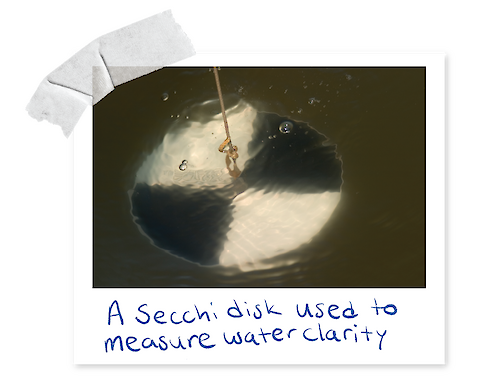 Reinvigorating collaboration across the Watershed
Reinvigorating collaboration across the Watershed
The University of Maryland Center for Environmental Science (UMCES) and the Chesapeake Bay Foundation (CBF) convened a meeting to advance a shared vision for more inclusive, responsive, and collaborative socio‑environmental reporting across the Watershed. The meeting served as a foundation to align scientific assessment with community priorities while promoting accountability and fostering connections among Bay leaders, practitioners, and knowledge holders. This network will leverage the credibility of longstanding report card frameworks and the creativity and lived experience of the community.
Moving forward, UMCES, CBF, and other partners are exploring new and collaborative approaches to the report card. We welcome others to join this effort to co-develop a more connected and actionable approach to restore the Chesapeake Bay. Contact ian@umces.edu to get involved.
 The future of freshwater looks salty
The future of freshwater looks salty
There are over 100,000 miles of streams and millions of acres of wetlands, lakes, and reservoirs in the Chesapeake Bay region. These freshwaters supply drinking water; provide water for industry, power generation, and farming; and are home to a stunning diversity of plants and animals. However, these precious freshwater resources are at risk from a surprising source: salt.
The Chesapeake Bay Watershed's freshwater is becoming saltier. This issue, known as freshwater salinization, is caused by human activities, changes in rainfall patterns, drought, and sea level rise. Freshwater salinization is already widespread in the watershed, but is expected to get worse with increasing population and changing environmental conditions, like extreme weather.
The report card includes a conductivity metric in the Water Quality index this year, which can be a measure of salt. You can take action by using eco- and pet-friendly de-icers when preparing for snow. Salting roads and sidewalks is a significant source of freshwater salinization. You can also get involved in monitoring salt in your local freshwater through programs like Salt Watch with the Izaak Walton League of America (iwla.org).
 More research and support are needed to restore the Bay
More research and support are needed to restore the Bay
The Bay and its watershed are a complex, interconnected system where changes in one area can have impacts hundreds of miles downstream. In addition to the well-understood threats, new challenges are emerging that must be understood before they can be addressed. For instance, water clarity has been declining over time, despite improvements in nutrient pollution. One potential cause is extreme weather, and understanding how storms affect the region will help managers make informed decisions.
Another area of research is the relationship between nutrients and water quality on the Delmarva peninsula. UMCES scientists are working with the Delmarva Land and Litter Cooperative to better understand these dynamics.
Continued support for the efforts of the Chesapeake Bay Program, researchers, community groups, and conservation organizations is vital to manage, protect, and restore the Bay and Watershed.
